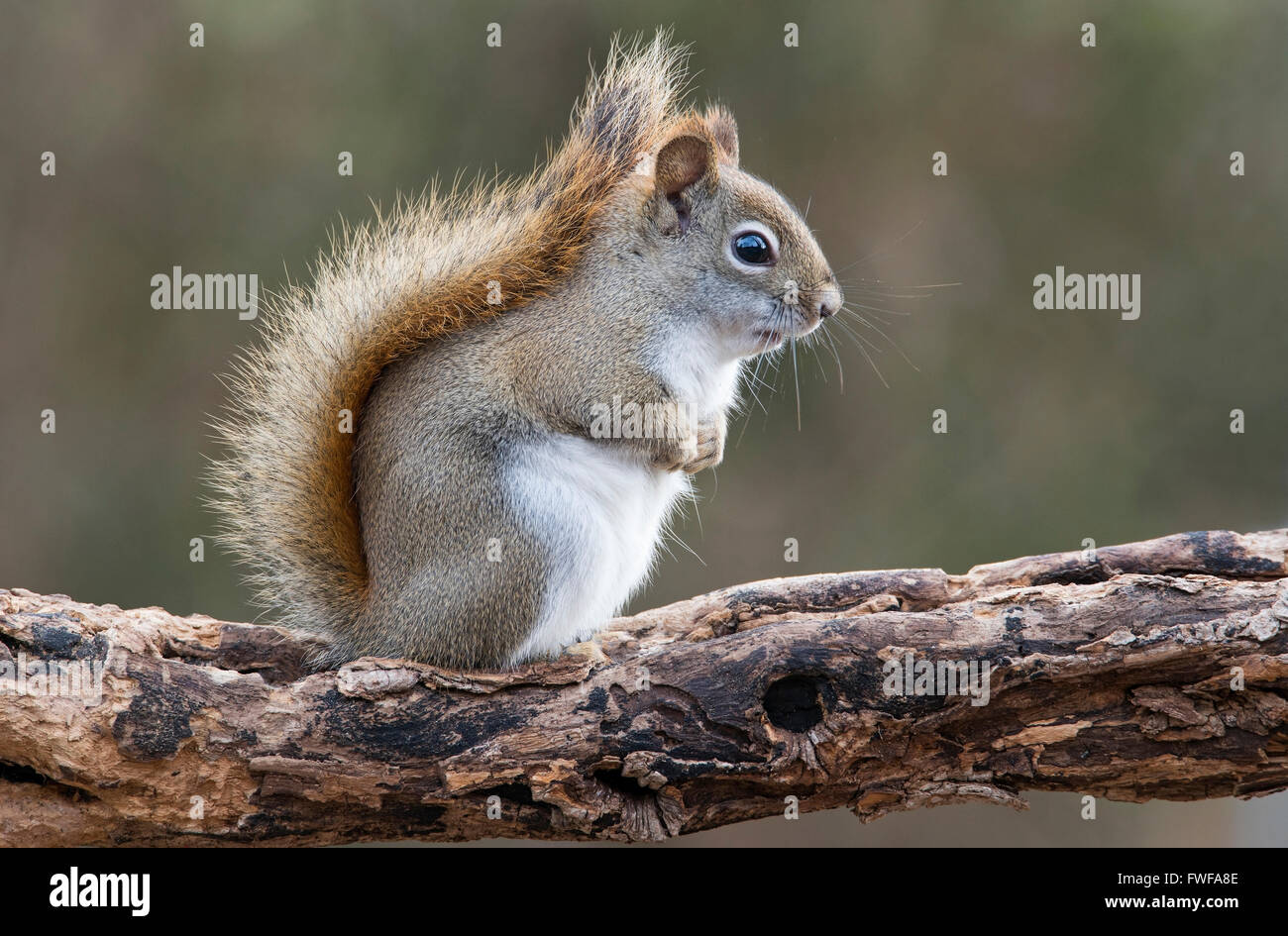

By conducting experiments on when and where the squirrels produce the rattle call, we hope to show that the occurrence of this call is about announcing who and where you are, and not strictly about getting others out of your territory.Figure 2.

My students and I have found that squirrels produce these calls throughout their territory as well as in the territory of close neighbours. So it’s not unusual that a species like the red squirrel would also have information about who is calling to help them with difficult territory interactions. Again, these are often used in social interactions to help mitigate aggression during foraging - baboons and capuchin monkeys, for example. Several species of primates also have calls that contain information about who is calling. They are used to identify social companions and offspring. Several marine mammal species, such as dolphins and seals, also produce calls that contain information about who is calling. Self-announcement or self-identification is a common vocal behaviour across many different species. As a result, knowing who your neighbour is by their rattle call reveals the relative threat they represent and therefore the necessary response. With red squirrels, it has been shown that different neighbours do have different levels of threat. In most cases, a known neighbour is far less of a threat than a stranger. In behavioural ecology, this is referred to as the “dear enemy” effect, and supposes that in maintaining a territory it is useful to know the relative threat posed by your neighbours versus the threat posed by strangers. Some neighbours may be more likely to steal from you than others. In addition, by communicating who is calling, the rattle can signal to listeners who is more likely to steal from you and thus a more threatening neighbour. This knowledge can help mitigate costly aggressive interactions, chases and fights. Listeners then know where their various neighbours are throughout the day.

These calls are an announcement of who and where that squirrel is. As a squirrel moves through its own territory, and the territories of its neighbours, they produce intermittent rattle calls. It is possible that the call still warns other squirrels to stay out, but its primary function is to identify the caller to all those who are listening. Recordings of various red squirrel vocal communications. In fact, a squirrel can steal up to 90 per cent of its stores from neighbouring squirrels. They can be rather protective of these middens, as squirrels are known to steal a great deal from each other. Individuals spend time gathering cones throughout the summer and fall months, storing them in a central location called a midden. They spend most of their days in a 50-100 metre territory foraging for pine cones and other food sources like berries and mushrooms. The North American red squirrel lives a somewhat solitary life. The behaviour that my students and I are most interested in is how these squirrels use sounds, or what we refer to as vocal communication, to help them make it through this tough life.

They live a relatively solitary life guarding hard-won food stores to survive the tough winters here in Canada. It’s not as easy being a squirrel as you might think. As a scientist who studies squirrel behaviour, one of the most common questions I am asked is: “How do I get them out of my yard?”


 0 kommentar(er)
0 kommentar(er)
